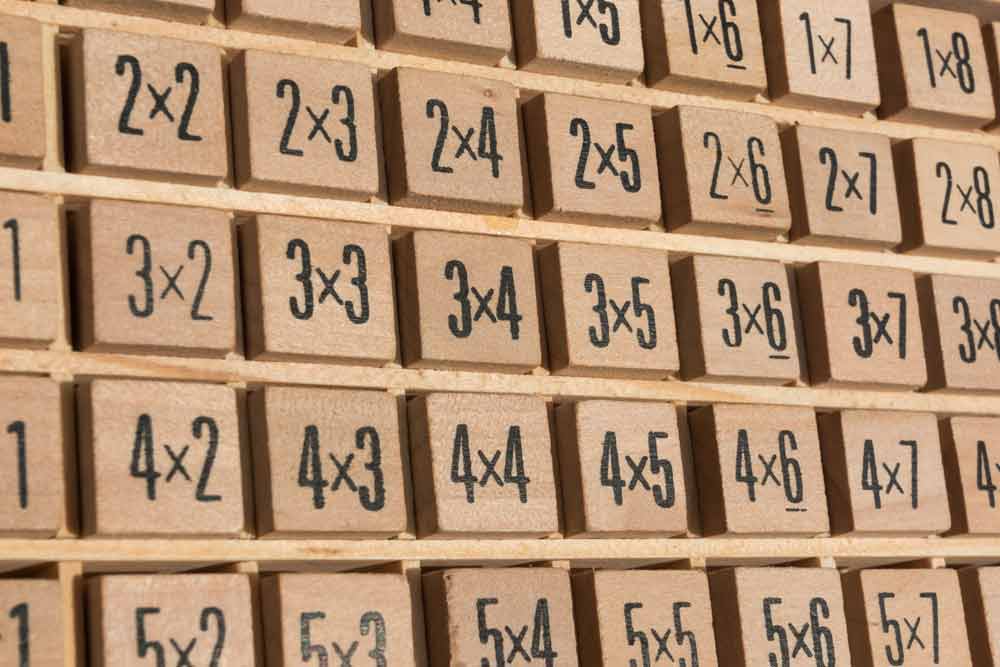 We get so creative with concrete math materials when we teach the basics of math to young children. There are blocks to be played with, and apples and oranges to be counted. We put things in baskets and take them out of baskets. We make groupings and then move things around… But then a funny thing happens. As kids grow up and progress along the mathematics trajectory, we remove more and more of those tactile devices from their repertoire, until many students are left with just equations.
We get so creative with concrete math materials when we teach the basics of math to young children. There are blocks to be played with, and apples and oranges to be counted. We put things in baskets and take them out of baskets. We make groupings and then move things around… But then a funny thing happens. As kids grow up and progress along the mathematics trajectory, we remove more and more of those tactile devices from their repertoire, until many students are left with just equations.
Now don’t get me wrong, I love a good equation – I actually find a lot of beauty in the logic and balance that exists – but it is so abstract! One of the most common problems I’ve seen with classes of math students is that they don’t understand what they’re being taught, because it has no real application to them. They can’t place a logarithmic function in their lives, because they’ve never been shown how.
Most textbooks and schools have gotten much better over the years at including word problems that use every day examples in an attempt to relate to students. Now, upon learning how to calculate the minimum or maximum values of a parabola, students are asked about rockets being launched, or jumping off a diving board. That helps a bit. But what about the tactile element of math? Remember that those first few days of adding and subtracting involved more than just looking at pictures of fruit. Kids were given blocks to hold and move around. Why did we eliminate tactile objects?
A simple piece of string can do wonders in exploring how perimeter is affected by shape. And never underestimate the power of edible math. I once used Twizzlers, Fruit Loops, and M&Ms to demonstrate continuity and discontinuity of a function. I’m not sure if the students were more excited by the lesson, or the fact that they got to eat their materials when we were done, but regardless, they understood the concept. At the end of the lesson, each student had greater ease creating examples of continuity and discontinuity. Seeing them manipulate the materials also showed me where they were struggling and how I could step in with additional instruction. This was something that was much harder to see when they simply filled in an equation they had memorized.
It’s so easy for us to assume that once a foundation is set, students can simply build without needing creativity in the way we teach. There’s a reason we begin learning with concrete math materials, and it would do us all well to remember that. And I don’t know about you, but I was always looking for a legitimate reason to play with my food.
Written by: Editorial Team, My Learning Springboard, Inc.